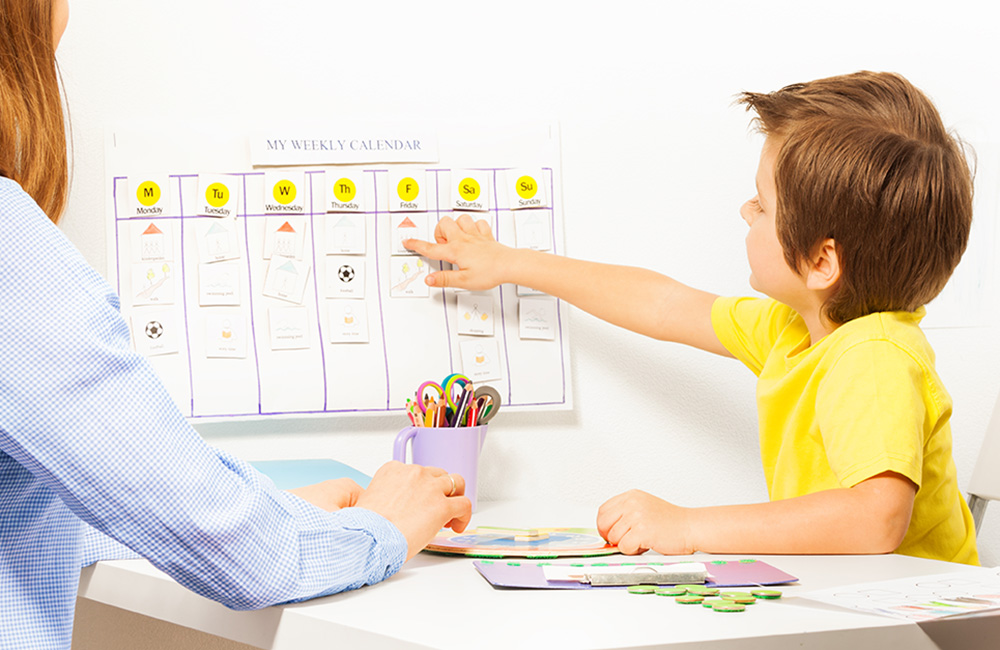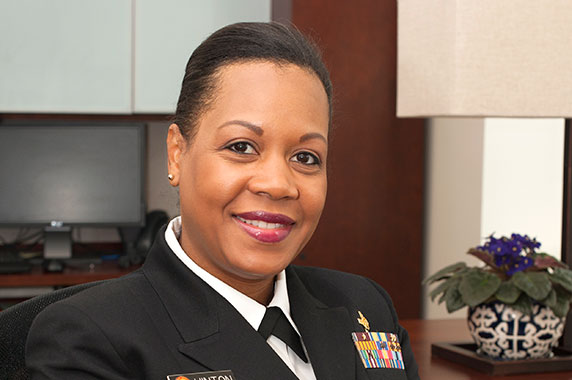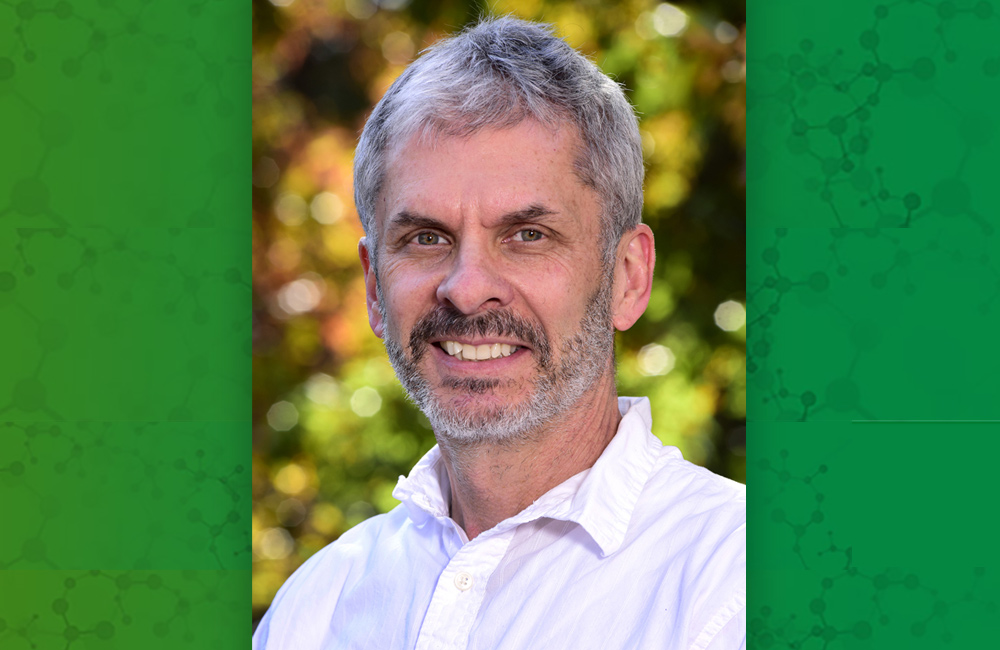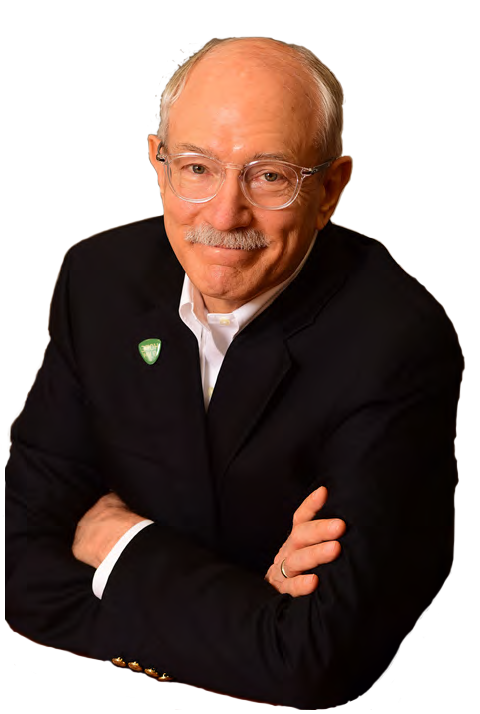Calendar
May
05
05
14th National Institutes of Health Matilda White Riley Behavioral and Social Sciences Honors
Event Details
Event Details
- Location: Online
- Time: 1:00-4:30 p.m.
- Speaker(s): Anne Case, Ph.D., Princeton University professor emeritus; Kaitlyn Lawrence, Ph.D., NIEHS; and others
- Full agenda, speakers, registration link
May
06
06
National Academies presents “Guidance on PFAS Testing and Health Outcomes Meeting 3 — Middle U.S. Town Hall”
Event Details
Event Details
- Location: Online
- Time: 3:00-7:00 p.m.
- Learn more and register
May
13
13
NIEHS Diversity Speaker Series presents “Growing Pains: The Journey to Being My Authentic Self”
Event Details
Event Details
- Location: Zoom
- Time: 1:00-2:00 p.m.
- Speaker(s): Caroline Goon, from the National Institutes of Health Office of Equity Diversity and Inclusion
- Join on Zoom
May
17
17
NIEHS Superfund Research Program presents “Risk e-Learning Webinar Series: Session I — Data Sharing Tools, Workflows, and Platforms”
Event Details
Event Details
- Location: Webinar
- Time: 1:00-3:00 p.m.
- Description and link to register
May
24
24
“Exploring Critical Windows of Exposure to Heavy Metals in Health Disparity Cohorts,” presented by the National Institutes of Health-Environmental Protection Agency Environmental Health Disparities Research Webinar Series
Event Details
Event Details
May
25
25
National Academies presents “Guidance on PFAS Testing and Health Outcomes Meeting 4 — Western U.S. Town Hall”
Event Details
Event Details
- Location: Online
- Time: 1:00-5:00 p.m.
- Description and registration
May
27
27
Interagency Coordinating Committee for the Validation of Alternative Methods public forum
Event Details
Event Details
- Location: Online
- Time: 9:00 a.m.-4:30 p.m.
- Register to attend public forum
Jun
03
03
NIEHS Superfund Research Program presents “Risk e-Learning Webinar Series: Session II — Geospatial Platforms for Analysis and Visualization Across Environmental Data”
Event Details
Event Details
- Location: Webinar
- Time: 2:00-4:00 p.m.
- Speakers and registration link

Stay up to date on the latest news from the Environmental Factor newsletter








